As the shift to using renewable and recycled materials in car tyres accelerates, Nina Notman talks to the manufacturers driving the change
-
Renewable and recycled materials: Tyre manufacturers are increasingly using renewable and recycled materials, aiming for 100% by 2050. This includes natural rubbers from sources like rubber trees, guayule shrubs, and Russian dandelions, as well as synthetic rubbers from bio-based sources.
-
Environmental impact and deforestation: Efforts are being made to prevent deforestation and improve the sustainability of rubber production. Initiatives include the Global Platform for Sustainable Natural Rubber and partnerships to develop higher-yielding, sustainable farming techniques.
-
Recycling and upcycling: Innovations in tyre recycling, such as reclaiming carbon black and using recycled PET from plastic bottles, are crucial. Technologies like pyrolysis and microbial fermentation are being explored to convert waste materials into valuable components for new tyres.
-
Regulatory and market drivers: Stricter environmental regulations and consumer demand are driving the shift towards sustainable tyres. The EU Ecodesign for Sustainable Products Regulation is expected to set eco-design and sustainability requirements, pushing the market towards greener practices.
This summary was generated by AI and checked by a human editor
Tyres hide a feat of engineering beneath their nondescript black outer layer. Around 200 different raw materials come together to ensure car tyre performance, durability and safety. During recent years, the tyre industry has steered significant research and development efforts towards increasing the sustainability of these materials. Currently around 20% of materials in a typical car tyre are renewable or recycled with many of the rest derived from petroleum. Many manufacturers have pledged that their car tyres will contain 100% renewable or recycled materials by 2050.
One of the reasons for the slow paced transition is the complexity of tyre design. Each material in a tyre has a specific job within the broader matrix, explains Adam McCarthy, secretary general of the European Tyre and Rubber Manufacturers’ Association (ETRMA) in Brussels, Belgium. ‘It takes time to identify potential substitutes,’ he says, adding that the strong focus on safety also tends to put the brakes on progress. ‘The first and the last priority is always going to be safety.’
Compositions vary between manufacturers, tyre types, and price points, but most tyres share the same layered construction. There is the predominantly-rubber tread – the outer edge that makes contact with the road – and outer side wall. Beneath the tread is a supporting belt, often made up of steel cords. A skeleton layer, comprised of textile fibres, sits under the belt and the side walls. Then, there is a steel loop around the inner lip of the tyre where it meets the wheel.
Alternatives to nature
Rubber is the most abundant material in tyres. A car tyre is typically 20–30% natural rubber and a roughly an equivalent amount of synthetic rubber. The primary source of natural rubber is the sap of the rubber tree (Hevea brasiliensis) that grows in tropical regions. Despite being a natural polymer, rubber production has caused considerable environmental damage due to the deforestation of tropical rainforests to meet increased rubber demand.
In 2015, Michelin became the first in the tyre industry to commit to not using rubber from deforested areas. Today, more than 75 tyre and car manufacturers, including Bridgestone and Continental, and other interested stakeholders are working together to reduce the environmental impact of rubber plantations through the Global Platform for Sustainable Natural Rubber. This group educates farmers on more sustainable and higher-yielding production techniques, says Cyrille Roget, Michelin’s scientific and innovations communications director based in Clermont-Ferrand, France. Deforestation-free natural rubber ‘is a renewable material and sustainable’, he explains.
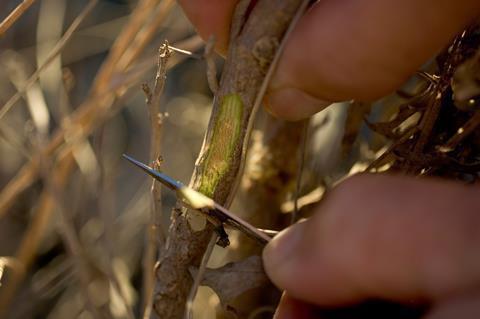
Over the past decade or so, some tyre manufacturers have explored the viability of two alternative natural rubber sources: the guayule shrub (Parthenium argentatum), that stores most its rubber in its bark, and Russian dandelion (Taraxacum kok-saghyz), that stores rubber in its roots. Both plants were researched during world war two, after Japanese forces seized Asian rubber plantations. Once rubber supplies from rubber trees became freely available again, interest in alternative sources of rubber dwindled for nearly 60 years.
A dedicated research center was opened by Bridgestone in the US state of Arizona in 2012 to restart the exploration of guayule’s potential. The aim is to ‘diversify the supply chain to make it more resilient’, explains Bill Niaura, executive director of sustainable innovation and circular economy at Bridgestone Americas, based in Ohio. ‘Hevea is grown in a concentrated part of the world using a single species of plant,’ he says, which puts global rubber supply at risk from disease, climate change and political instability.
Three years after opening the research centre, Bridgestone produced a guayule rubber demonstration tyre. Since 2022, a racing tyre with guayule rubber side walls has been used at IndyCar races. Today, research is ongoing as to how to scale production up. Bridgestone has a demonstration scale biorefinery at the Arizona site that processes guayule grown at on nearby farm. Ongoing research efforts include using genomic tools to grow more rubber in the crop, developing less destructive harvesting methods, and finding commercial uses for resin byproducts from the biorefinery.
Continental was the first to re-evaluate the viability of the Russian dandelion for industrial scale natural rubber production – in 2011. The long-term goal is ‘to grow a certain share of the rubber we consume next to our production facilities’, explains Pete Robb, marketing director at Continental in London, UK. Continental made its first demonstration tyre containing dandelion rubber in 2014 and opened a dedicated dandelion rubber research facility in Anklam, Germany in late 2018. Here, researchers are working on boosting rubber yields using conventional breeding methods and novel field machinery able to harvest dandelion roots without damaging them. ‘The aim is to harvest one metric ton of rubber per hectare of cultivated dandelions, which roughly corresponds to the yield from one hectare of traditional rubber trees,’ Robb says.
Synthetic solutions
More sustainable synthetic rubbers are another current focus. Made by polymerising isoprene, a by-product of petroleum cracking, synthetic rubbers have been used in blends with natural rubber in car tyres since the 1930s. The two types of rubbers have different properties. Natural rubber is 100% cis-1,4-polyisoprene in the form of crosslinked random coils. ‘The stereoregularity of that molecule is really important,’ Niaura explains. When under stress, the polymer coils elongate and align causing crystallites to form – these crystallites act to strengthen the rubber. No synthetic rubber is able to do this. ‘Nature is sometimes a better chemist than we are,’ Niaura says, ‘we can get to the very high 90% cis level, but it’s not enough to replicate what natural rubber does.’ The use of synthetic rubbers not only reduces reliance on natural rubber supplies, it also allows for tyre performance to be fine tuned. ‘You can do cool things with polymer functionalisation to maximise multiple performance attributes,’ says Niaura.
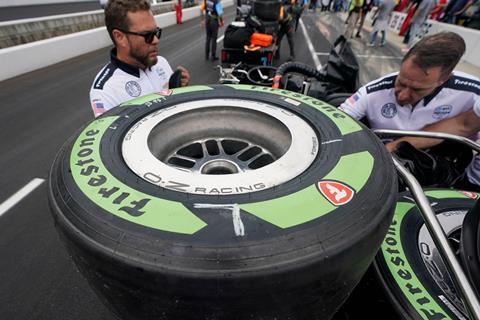
Today’s synthetic car tyre rubbers are from the styrene–butadiene rubber family, with nearly all the styrene and butadiene monomers coming from oil. Michelin is working to scale up the production of renewable butadiene made from ethanol from plant biomass. ‘We opened last year our first industrial prototype in France, in our plant in Bassens, that is producing renewable butadiene in coming from a biosource,’ says Roget. The source is wood chips, a waste product from the agricultural industry. Sugar extracted from the wood is turned to bioethanol and then biobutadiene.
In an attempt at closed loped recycling, Bridgestone is working with Lanzatech to develop microbe technology to produce butadiene from end-of-use tyres. The tyres are gasified to produce syngas, a mixture of carbon monoxide and hydrogen, which then undergoes microbial fermentation. ‘The microbes metabolise that syngas into ethanol, and then that ethanol can be converted into butadiene as a monomer for synthetic rubber production,’ says Niaura. ‘Lanzatech’s biocatalyst is very selective to ethanol production, as opposed to something like a Fischer–Tropsch process.’
Recycled styrene is also being explored. Michelin, together with Montreal, Canada-based start-up Pyrowave, is scaling up microwave technology to break down waste polystyrene packaging into pure styrene monomers. Recycling dirty polystyrene from the food industry ‘that is not easily recycled today’ is of particular interest, says Roget. In 2023, Michelin announced that it had produced its first batch of styrene–butadiene synthetic rubber from biobutadiene and recycled styrene.
Carbon green
Rubber blends in car tyres also contain a number of other materials and chemicals to achieve the desired performance and durability. Carbon black (or soot) is the largest non-rubber component of car tyres. Today’s consumer tyres contain 20–30% carbon black, produced by partial combustion of petroleum. There are a number of subtypes of carbon black. ‘A modern passenger car tyre could have five to seven different types of carbon blacks all deployed differently,’ says Niaura. ‘The carbon black in the tread is different than the carbon black in the body fibres, which is different than the carbon black in the sidewall, which is different from the carbon black in the inner liner.’
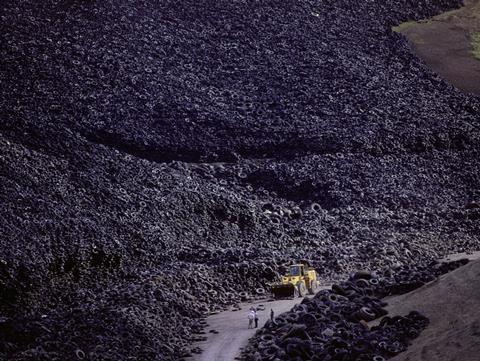
The use of soybean oil and algae oil as alternative carbon black sources may be explored in the future. However, the focus is currently on reclaiming more carbon black from end-of-life tyres. Today, only less than 1% of carbon black in tyres is reclaimed – by a thermal decomposition process known as pyrolysis. ‘We cannot replace 100% of the virgin carbon black with recovered carbon black because it’s not pure. It’s a mix [of] the different carbon black that tyres [have] at the beginning,’ says Roget. In 2023, Bridgestone and Michelin published a white paper stating that new technology to reclaim more carbon black from tyres is vital to achieving the aim of 100% renewable or recycled tyres by 2050. The whitepaper proposed a global standard to help increase the use of recovered carbon black in tyres.
The two approaches being developed for improving carbon black recovery is the upcycling of the carbon black coming from pyrolysis and the creation of virgin grade carbon black from end-of-life tyres. The latter involves processing of pyrolysis oil, another product of tyre pyrolysis. Returning pyrolysis oil to a petroleum refinery for cracking, under the right conditions, will produce virgin grade carbon black, says Roget. Michelin is looking at this idea in partnership with Scandinavian Enviro Systems. The world’s first tyre recycling plant is currently being built in Uddevalla, Sweden, and is expected to open in 2025.
Continental is also looking to improve the tyre pyrolysis process to obtain more useful tyre starting materials. In 2022, it signed a partnership with start-up Pyrum Innovations for this purpose. ‘Both companies are working towards obtaining high-quality carbon black and high-quality raw materials from the pyrolysis oil obtained for Continental’s tyre production in the medium term,’ says Robb.
Sustainable support
More sustainable supporting materials in car tyres are another area of interest. Steel is the most used of these material types. Recycled steel is available, made in electric arc furnaces from scrap metal, but today it is sold as a mixture with virgin steel. Access to 100% recycled steel is outside the control of the tyre industry. ‘It’s an extended supply chain and we’re a minor minority player in the steel industry,’ says Niaura. For this material, tyre manufacturers have to sit back and wait for the steel industry to change its ways.
There will be more regulatory push to sustainability, which will drive the market in that direction
A structural material that tyre manufacturers can control the sustainability of is the PET used in tyre skeleton layers. In 2023, Continental launched its UltraContact NXT tyre containing PET mechanically recycled from waste PET single-use bottles. The recycling process is called ContiRe.Tex technology, and was developed in collaboration with Otiz, a Chinese fibre specialist and textile manufacturer. Nine to 15 recycled PET bottles are used per tyre. Meanwhile, Michelin is currently collaborating with French start-up Carbios to use enzymatically recycled PET from waste single-use bottles. ‘The principle is very simple,’ says Roget. Plastic bottle chips are placed in a warm water tank with enzymes that break down the plastic to form ethylene glycol and terephthalic acid. Plastic of any colour can be used. After purification, the monomers are reconstituted into virgin PET, something which has already been successfully used in demonstration tyres. Carbios opened it demonstration plant at Michelin’s Clermont-Ferrand facility in 2021. The company is currently building its first large biorecycling plant at Longlaville, which once fully operational will process 50,000 tons of PET waste each year.
Using combinations of these approaches, some tyre manufacturers have now produced proof-of-concept tyres with around 70% renewable and recycled materials. Some of these tyres have even started to enter niche tyre markets as premium products, such as those for high end cars. The higher production cost of these tyres currently limits them from becoming standard consumer tyres. Sustainable car tyre production ‘is clearly more expensive than pumping more dead dinosaurs’, says Niaura, referring to the low cost of fossil petroleum. For most people, ‘the most important part of the purchasing decision for a tyre is the price’, says ETRMA’s McCarthy. ‘We’re missing the pull from the consumer to demand more of those sustainable tyres.’
Driving up market share will likely therefore depend on improved regulation. The EU Ecodesign for Sustainable Products Regulation, which entered into force in July 2024, should help steer things in the right direction. ‘We expect tyres to be amongst the first group of products which will be looked at [using this regulation] to start to set eco design and sustainability requirements,’ McCarthy says. ‘This means that there will be more regulatory push to sustainability, which will obviously drive the market in that direction.’ Regulations to facilitate the recycling of end-of-use tyres through pyrolysis also need work, he adds.
The path to 100% sustainable consumer tyres is becoming clearer, but for tyres to truly turn green more than just the materials they contain need to change. ‘Materials are very important to reduce the footprint of our tyres, but [they only account for] 10 to 15% of the impact of the tyre during the entire life cycle,’ says Roget. ‘The usage part, when the tyre is on the vehicle, is where 80% of the impact happens.’ The tyre industry is also working on making tyres that emit fewer particles when on the road and are more fuel efficient, so they require less energy to keep them in motion.
Nina Notman is a science writer based in Salisbury, UK, and would like to thank the Tire Industry Project for their help with this article

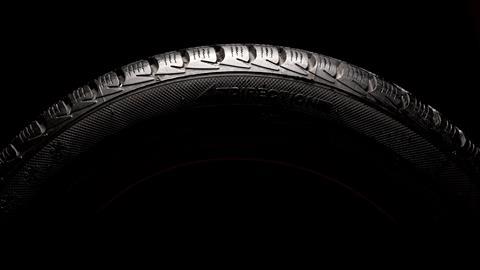



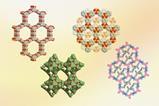

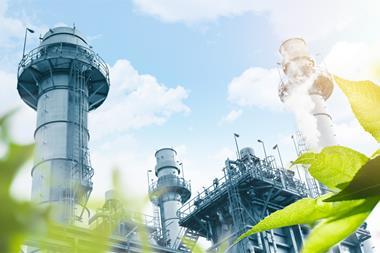

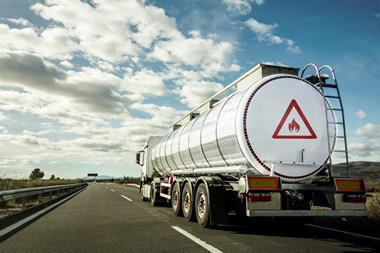
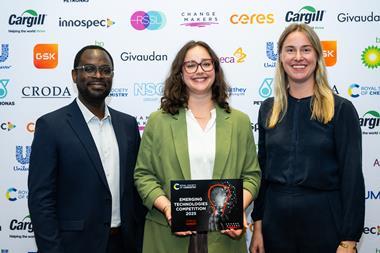
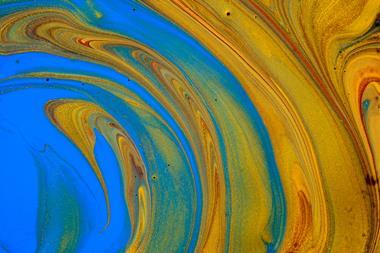

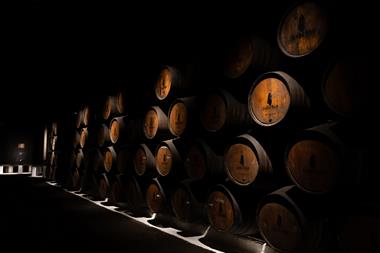
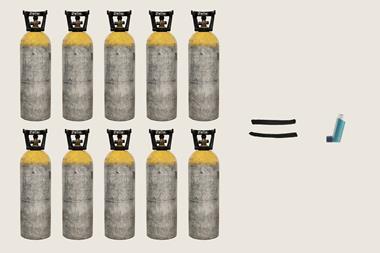
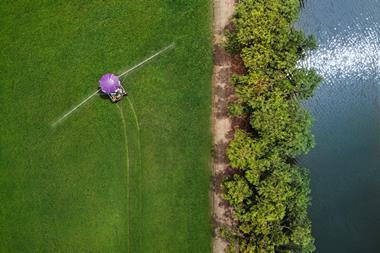
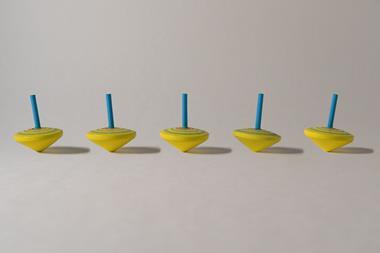

1 Reader's comment